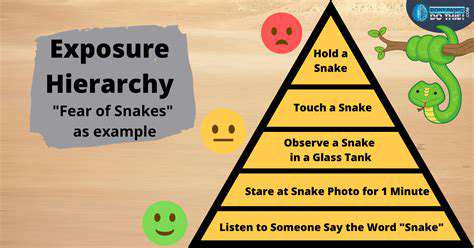How to leash train a stubborn dog

Handling Common Challenges: Pulling and Lunging
Understanding the Root Causes
Many dogs resist leash training due to complex behavioral triggers rather than mere stubbornness. Excitement-driven exploration or anxiety-induced escape behaviors often manifest as pulling, while inconsistent training methods can create confusion. A dog's breed instincts (like herding breeds' natural pulling tendency), developmental stage (puppies lack impulse control), and past trauma (leash-related fear) all contribute to this challenge.
Consider how individual history shapes behavior: rescue dogs may associate leashes with negative experiences, while understimulated pets pull from pent-up energy. Successful training requires diagnosing these unique factors before implementing solutions. For example, a Border Collie needing mental stimulation responds differently than a traumatized shelter dog requiring confidence-building.
Effective Pulling Prevention Strategies
The golden rule: Never reward pulling with forward movement. When tension occurs, immediately plant your feet and wait for slack before proceeding. Use a cheerful Let's go! when resuming, reinforcing that loose-leash walking earns continuation. For persistent pullers, practice in low-distraction areas first - your backyard beats a squirrel-filled park for initial training.
Equipment matters tremendously:
- Front-clip harnesses gently steer dogs sideways when they pull
- Martingale collars prevent slipping without choking
- Avoid retractable leashes that teach constant tension
Lunging: Addressing the Root Causes and Solutions
Lunging typically stems from either fear (60% of cases) or overexcitement (40%), requiring different approaches. For fear-based reactions:
- Identify the trigger's threshold distance where your dog notices but doesn't react
- Reward calm behavior at this distance with premium treats
- Gradually decrease distance over multiple sessions
For excitement lungers, implement the Find It game: when triggers appear, scatter treats on the ground to redirect focus downward. This builds an automatic look down response. Carry a special trigger toy reserved only for distracting situations - its novelty helps break fixation better than everyday toys.
Patience, Persistence, and Consistency: The Key to Success
Understanding the Importance of Patience
True patience in dog training means accepting that progress isn't linear. Dogs learn in bursts - plateaus are normal between breakthroughs. Track small victories: if your dog recovers from distraction 0.5 seconds faster today, that's measurable progress. Keep a training journal to maintain perspective during frustrating phases.
Developing a Consistent Training Routine
Consistency extends beyond commands to encompass:
- Identical leash/harness setup for every walk
- Predictable walking routes during initial training
- Standardized treat delivery timing (within 2 seconds of good behavior)
Persistence Through Setbacks
When regression occurs, conduct a SET analysis:
- Situation (What exactly triggered the setback?)
- Environment (New distractions? Weather changes?)
- Timing (Was the dog tired/hungry/overstimulated?)
Positive Reinforcement Techniques
Modern trainers use reward sandwiches:
- Verbal praise (Yes!) marks the exact moment of good behavior
- Immediate treat delivery
- Brief affectionate touch
Addressing Distractions and Reactive Behaviors
Build distraction tolerance through the Three D's progression:
- Distance - Start training far from distractions
- Duration - Gradually increase exposure time
- Difficulty - Progressively introduce harder challenges
Utilizing Leash Handling Techniques
Master these leash grips:
- Baseball grip - For general control (leash wrapped around palm)
- Traffic cop grip - Quick-stopping power (leash through thumb/pointer loop)
- Double-hand grip - For strong pullers (one hand near collar)
- Case studies: Common dog health issues and solutions
- The best cooling mats for dogs during hot weather
- Why socializing your dog is important for their health
- How to choose grain free dog food
- Signs your dog needs a nail trim
- How to keep your dog’s teeth clean naturally
- How to help your dog learn new tricks faster
- The most effective methods for deworming dogs
- How to spot dehydration in dogs during hot weather
- Signs your dog needs a bath immediately
- How to prevent overheating during long walks
- How to house train a rescue dog quickly